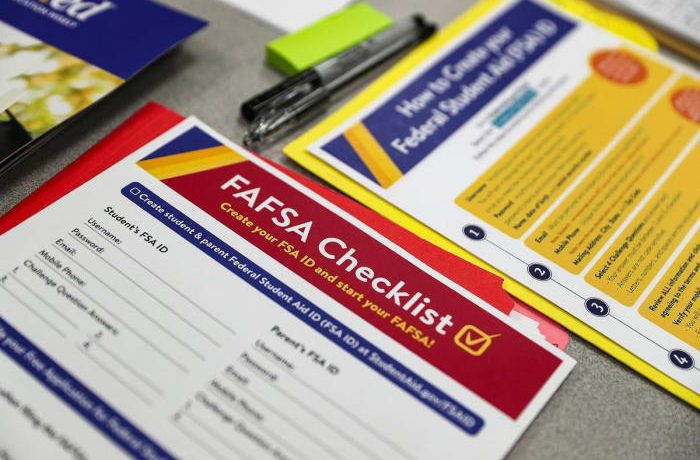
How to spot a scam as you apply for scholarships, financial aid
The start of a new school year means thinking ahead to college for many high schoolers.
The cost of college continues to skyrocket with some private universities costing students close to $100,000 a year when you combine tuition and other costs.
As those costs rise, more students are turning to financial aid. There are several types of financial scholarships and grants you can apply for, and some of those deadlines are quickly approaching.
Last fiscal year, the U.S. Department of Education administered about $120 billion worth of federal student aid, including loans and work-study funds, with nearly 10 million students receiving it.
But to avoid potential scams, experts warn to stick with legitimate government websites when you apply like FAFSA.gov, the site for the “Free Application for Federal Student Aid.”
“Legitimate scholarships will never ask you for an upfront payment,” warned Melanie Roller, who is the head of retail bank fraud at Capital One.
Roller said scammers are getting smarter and more advanced. They’ll use urgent language like “take action now.”
“Scammers know that this is a real dynamic and that’s why they are so persistent in trying to take advantage of students and their parents at this very vulnerable moment,” Roller warned.
The Department of Education says you’ll never be asked for a credit card number when filling out the FAFSA form online. If you are—that’s a red flag.
“It’s very important to never share sensitive information that is in response to an unsolicited call, email or text message,” Roller advised.
Studentaid.gov has a list of legitimate companies that work with the Department of Education on financial aid.
If you do think you’ve been targeted in a scam, you can go to the Better Business Bureau’s website. They have a tracking tool to report scams and to look up other complaints.
The-CNN-Wire ™ & © 2025 Cable News Network, Inc., a Time Warner Company. All rights reserved.






No Comment! Be the first one.